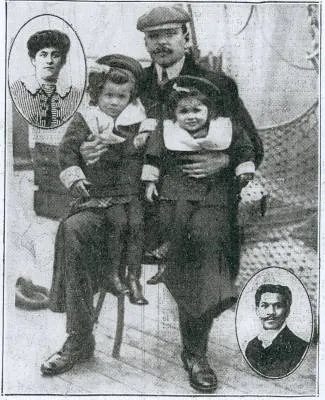Jacques Stephen Alexis, a noted novelist of his time, disappeared in 1961 never to be seen again. Historians have said that he probably was taking part in an invasion against the Duvalier government, and was no doubt murdered.
He left several great literary works behind including Général Compère Soleil , L’Espace D’un Cillement, among other recognized literary achievements.
This is a wedding, that of Haiti’s Minister of Public Works Luckner Cambronne, one of the most powerful people in Haiti in the 1960s, to Haitian aristocrat Ina Gousse, the daughter of Dr. Gousse, one of the most prominent physicians in Port-au-Prince. Mr.
Cambronne was the Minister of Public Works under president Francois Duvalier, but went in exile in 1972. He in 2006. Simone Ovide Duvalier, the first Lady, seen in that glittery dress, was the Matron of Honor at his nuptials.
In September 1963, Hurricane Flora hit several Caribbean islands, including Haiti, and left behind some devastating damage. This is a newspaper clipping at the time, showing the extent of the damage in one of the small cities of Haiti.
The hurricane was classified as a Category 2, and its flash floods and 15 inch+ rains caused great loss to farmers and their crops, and it also took some lives.
A young Jean-Claude Duvalier stands next to his sister Nicole, as his father is being inaugurated as president for the second time in 1964.
Throughout the 1960s, Haiti was a hotspot for tourists, including moguls like Nelson Rockefeller, former First Ladies as Jackie Kennedy Onassis, Hollywood actors and actresses like Marlon Brando, dignitaries, and even business people like , the father of Dodi Fayed, who would later die in a car crash with Princess Diana.

The year 1964 was a dark year for many families in Haiti. A group of 13 young people, who had been exiled, formed a coalition to overthrow Duvalier in an invasion (calling themselves Jeune Haiti), and they were tracked down and killed one by one, at least one committed suicide as the mission came to a halt. The last two, seen in this photo on the left, Marcel Numa and Louis Ardouin were publicly executed, and their execution televised. The town of Jeremie was a site of slaughter, as several families were murdered, some as part of a general purge, and others because they were related to Numa, Ardouin or other members of Jeune Haiti.
In its October issue 1966, Time magazine heralded the news of the marriage of presidential daughter Marie-Denise Duvalier to Jerome Max Dominique, her first marriage, his second. A year later, the pair would go to Spain, where their son was born.
In December of that same year, Nicole Duvalier, another presidential daughter also married to her sweetheart Luc Albert Fourcand, the Director of Tourism.
President Louis Borno and the distinguished members of Haiti’s Congress in the summer of 1922. Borno was a lawyer before becoming head of state.
The Haitian elite were in a world of their own, even in seemingly trivial matters. Of 1930s Haiti, African American anthropologist and student of Haitian dance Katherine Dunham would write:
Many of the members of the Haitian elite such as industrialist Louis Dejoie seen here in his office in Port-au-Prince in 1957, often inherited their fortune.
National Geographic correspondent Harriet Chalmers captured this photo of the backyard of a Haitian senator in 1916.
Maison Madsen, the to-go variety store of the Haitian middle class.
Twice—once in the late 1910s and in the early 1920s, Jean-Price Mars put the Haitian elite on blast with the publication of his book La Vocation de L’élite, and Ainsi Parla L’oncle.
Haiti’s then-president Dumarsais Estimé and his wife Lucienne Heurtelou at an official ceremony in Jacmel in the early 1950s. Estimé was practically a success story in Haitian elite society.
Born in astonishing poverty, he moved to Port-au-Prince from the small town of Verettes, and thanks to the financial help of an uncle on his father’s side of the family, he attended law school, and even married into one of Haiti’s most highly-esteemed families the Heurtelous.
Here’s the lovely couple again, this time with First Lady Estimé receiving a bouquet of flowers from a visiting U.S. official.
Collège St Martial, one of Haiti’s oldest educational institutions. Presidents, senators, moguls, and other future leaders have all passed through its doors.
Haiti in the 1980s, at the height of elite decadence. Jean-Claude Duvalier with First Lady Michèle Duvalier and mother-in-law Simone Ovide Duvalier outside the steps of Haiti’s National Palace.
Wealthy families married into wealthy families. Poor women could be mistresses and side chicks, but wifey? No! Oh, the very thought!
And speaking of wifeys, let us turn back a few centuries. Elizabeth Fernande Auguste Mangonès would later become the , Haiti’s celebrated architect and sculptor.
Last Updated on December 4, 2025 by kreyolicious


